How to take care of diabetic foot at home? How to treat it using advanced methods?
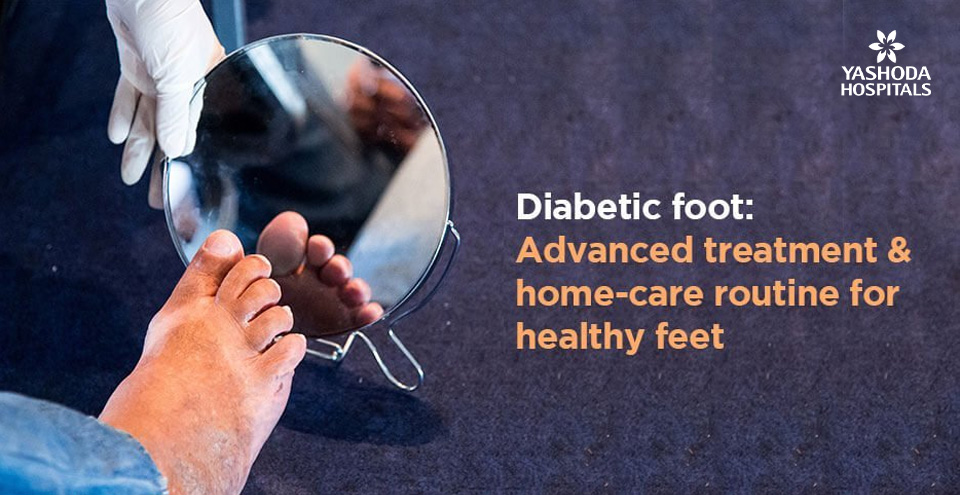
At a Glance:
2. How can diabetes affect my feet?
3. What are symptoms of diabetic foot ulcer?
4. What are complications of diabetic foot ulcer?
5. When you should contact your Doctor?
6. Advanced Treatment of Diabetic Foot Disease
7. Yashoda advanced diabetic wound care and limb salvage center
What is diabetes?
In India, about 7 crore people have Diabetes, and the number is projected to rise to 12.5 crores by 2040. The prevalence of diabetes has doubled in the last 10 years in India and India is also called diabetes capital because of the increasing number of incidences of Diabetes.
Among all Diabetic patients, almost 10-15% develop diabetic foot problems and up to 4-6% of patients require amputation. A foot is lost to diabetes somewhere in the world every 30 seconds.
Most diabetic amputations start with ulcers and almost 85% of the amputations can be prevented with proper management, good foot care, and screening to assess the risk for foot complications.
How can diabetes affect my feet?
Some major problems of the foot that diabetes can cause are:
- Infection: Any small cut or blister or ulcer is more prone to infection in diabetic patients.
- Diabetic Neuropathy: Patients suffering from diabetes can face decreased touch sensation in the foot, and it may become numb and insensitive. Loss of sensations can lead to increased risk of injury, cuts, or blister formation without pain, and they may get infected easily due to diabetes. The muscles in the feet may also not function properly due to nerve damage, thereby leading to problems with the alignment of the foot. Delay in the treatment of infection can lead to ulcers or even gangrene i.e. death of the tissue.
- Peripheral Arterial Disease (PAD) or Ischemia: Diabetes also leads to calcium and fat deposition (atherosclerotic changes) in the blood vessels, particularly in the heart and lower limbs. Thus, blood flow to the feet is reduced, which further hampers the healing of foot ulcers. It can also cause acute or critical ischemia. A possible symptom may be claudication i.e. pain in the leg while walking. More serious cases can cause gangrene, in which case amputation is required.

What are symptoms of diabetic foot ulcer?
Patients with diabetes are advised to be aware of the following symptoms to protect their feet:
- Changes in foot/leg skin color
- Changes in skin temperature
- Swelling in the foot, ankle, or leg
- Ingrown toenails or infected toenails
- Pain in the leg or foot
- Corns or calluses
- Unusual persistent foot odor or smell
- Ulcer wound over the foot or leg
What are complications of diabetic foot ulcer?
Diabetic neuropathy and peripheral vascular disease need to be monitored closely by a doctor since they can increase the risk of the following complications:
- Foot ulcers: They are caused as a result of the breakdown of skin, which exposes the layers underneath to the environment. They commonly occur under the big toes or the balls of the feet. Medical attention is required to ensure that the case is not serious since infected ulcers may require an amputation.
- Skin and bone infections: Small cuts can also lead to serious complications due to nerve and blood vessel damage. They can get severely infected. Generally, infections occur in wounds that have already been treated with antibiotics.
- Abscess: A pocket of pus may be created on the infected wounds as well. These pockets have to be drained. There are minimally invasive procedures available to do so.
- Gangrene: As discussed before, when blood circulation to a certain part is cut off, the tissue may die. In such a case, oxygen therapy or amputation may be required to remove the affected area.
- Charcot foot: Diabetes can simultaneously weaken the bones in the foot and also cause nerve damage. If bones break due to the former, the patient may not feel the pain and continue walking on broken bones, leading to a change in the shape of the foot.
- Deformity: Due to the weakening of muscles and bones, diabetes may cause Charcot foot or hammertoes. It may also lead to a high arch that never flattens.
When you should contact your Doctor?
Seek medical attention if you notice any of the following changes in your foot or feet:
- Changes in foot or leg skin color
- Changes in skin temperature
- Swelling in the foot, ankle, or leg
- Pain in the leg or foot
- Ingrown toenails or infected toenails
- Corns or calluses
- Unusual persistent foot odor or smell
- Ulcer or wound over foot or leg
Advanced Treatment of Diabetic Foot Disease
Yashoda Hospitals provides advanced care with top-end facilities to keep your feet happy and healthy. We are equipped with facilities for:
- Screening for diabetic foot and assessment of diabetic neuropathy and ischemia.
- Treatment for all types of diabetic foot ulcers.
- Peripheral angioplasty for limb ischemia, wherein a blockage in blood vessels is opened with small puncture using balloons and wires.
- Prevention of complications of diabetes through periodic maintenance, care of corns and calluses, and follow-up care
- Treatment of any kind of chronic non-healing arterial, venous, or neuropathic ulcers.
- Regular and offloading diabetic footwear.
- Prevention of lower limb amputations.
Top-Notch Products for Providing Quality Care
We have highly improved machines & products which prevents your feet from amputation, including:
- Hydro-colloid and alginate Dressings
- Various foam dressings for tropic ulcer
- Silver impregnated dressings for infected ulcers
- Negative pressure wound therapy (NPWT) for faster healing of wounds
Angioplasty is done under local anesthesia, thus avoiding complications of anesthesia, particularly in old patients. It is an advanced treatment, which avoids bypass surgery and reduces stay in the hospital.
Yashoda advanced diabetic wound care and limb salvage center
The services and advanced treatment available at the center are:
- Screening for diabetic foot and assessment of diabetic neuropathy and blood supply to the foot.
- Treatment of various kinds of diabetic foot ulcers.
- Peripheral angioplasty for limb ischemia where a blockage in blood vessels is opened with small puncture using balloons and wires.
- Prevention of complications of diabetes through periodic maintenance, care of corns, calluses, and follow-up care of ulcerations.
- Treatment of any kind of chronic non-healing arterial, venous, or neuropathic ulcers.
- Diabetic foot-wear – regular and offloading footwear
- Prevention of lower limb amputations
Peripheral (Tibial) Angioplasty for Ischemia:
Angioplasty is a treatment for blockage in blood vessels, where blockages are opened with small puncture using balloons and wires.
The advantages of peripheral angioplasty are:
- Done under local anesthesia, it avoids complications of anesthesia, particularly in old patients.
- It is an advanced treatment, which avoids bypass surgery.
- Avoids prolonged stay in the hospital.

How to take care of diabetic foot at home?
Ensure that you give proper care to your feet by following these tips:
- Inspect your feet daily, including the area between the toes.
- Wash the feet daily with water at room temperature and dry it, especially between the toes.
- Use moisturizing lotion for dry skin, but not between the toes.
- Avoid injury to toes while cutting/trimming nails.
- Do not try to remove corn or callus at home.
- Always wear socks (preferably cotton) with footwear.
- Avoid walking barefoot at all times.
- Ensure a qualified healthcare provider or doctor examines your feet regularly.
- Do not ignore any injury, crack, blister, swelling, or ulcer over leg or foot and consult your diabetologist or vascular surgeon.
How to prevent diabetic foot ulcer?
The best way to treat any condition is through prevention and care. The following tips may help you to stay healthy:
- Diabetic footwear
- Periodic foot checkup for neuropathy and ischemia
- Proper glycemic control
- Patient education
- Do not ignore any injury, crack, blister, swelling, or ulcer over leg or foot
About Author –
Dr. Bhavin L. Ram, Consultant Vascular & Endovascular Surgery, Yashoda Hospital, Hyderabad
MS, DNB (Vascular Surgery)













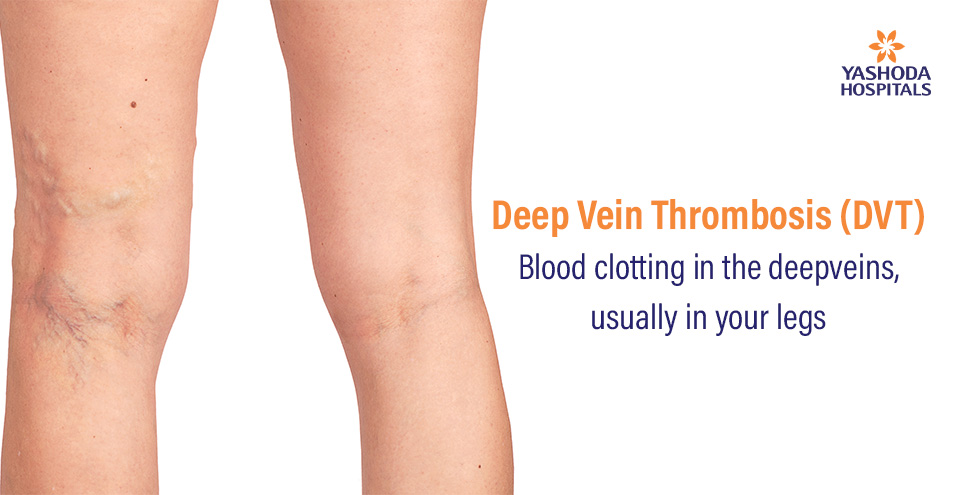
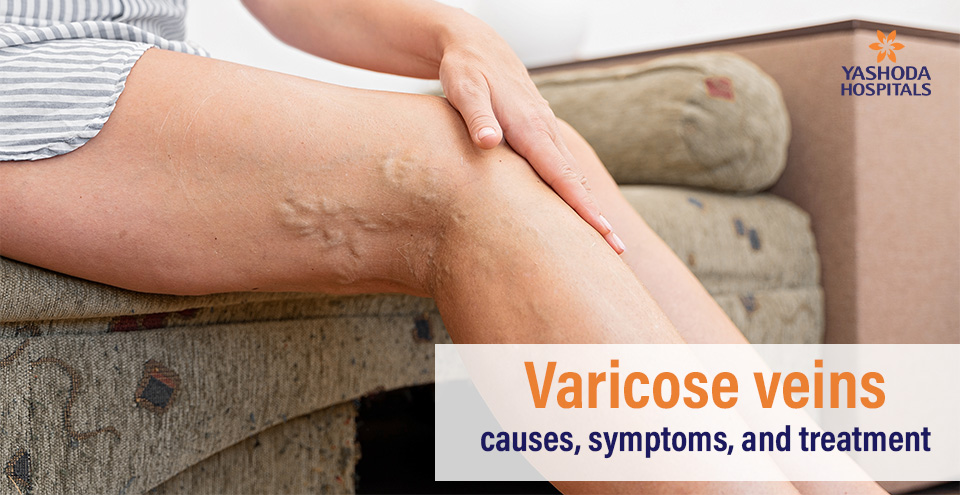
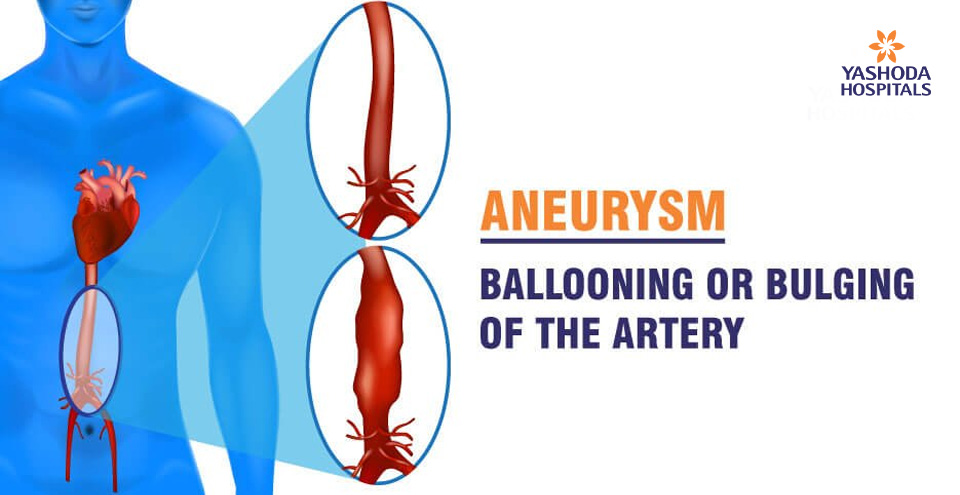
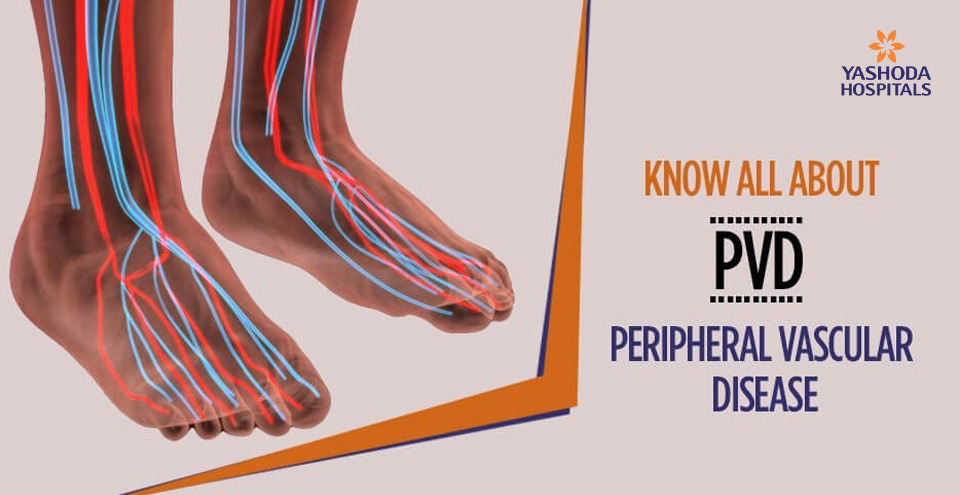





 Appointment
Appointment WhatsApp
WhatsApp Call
Call More
More